The GameFi Industry and how NFTs are Revolutionizing Gaming
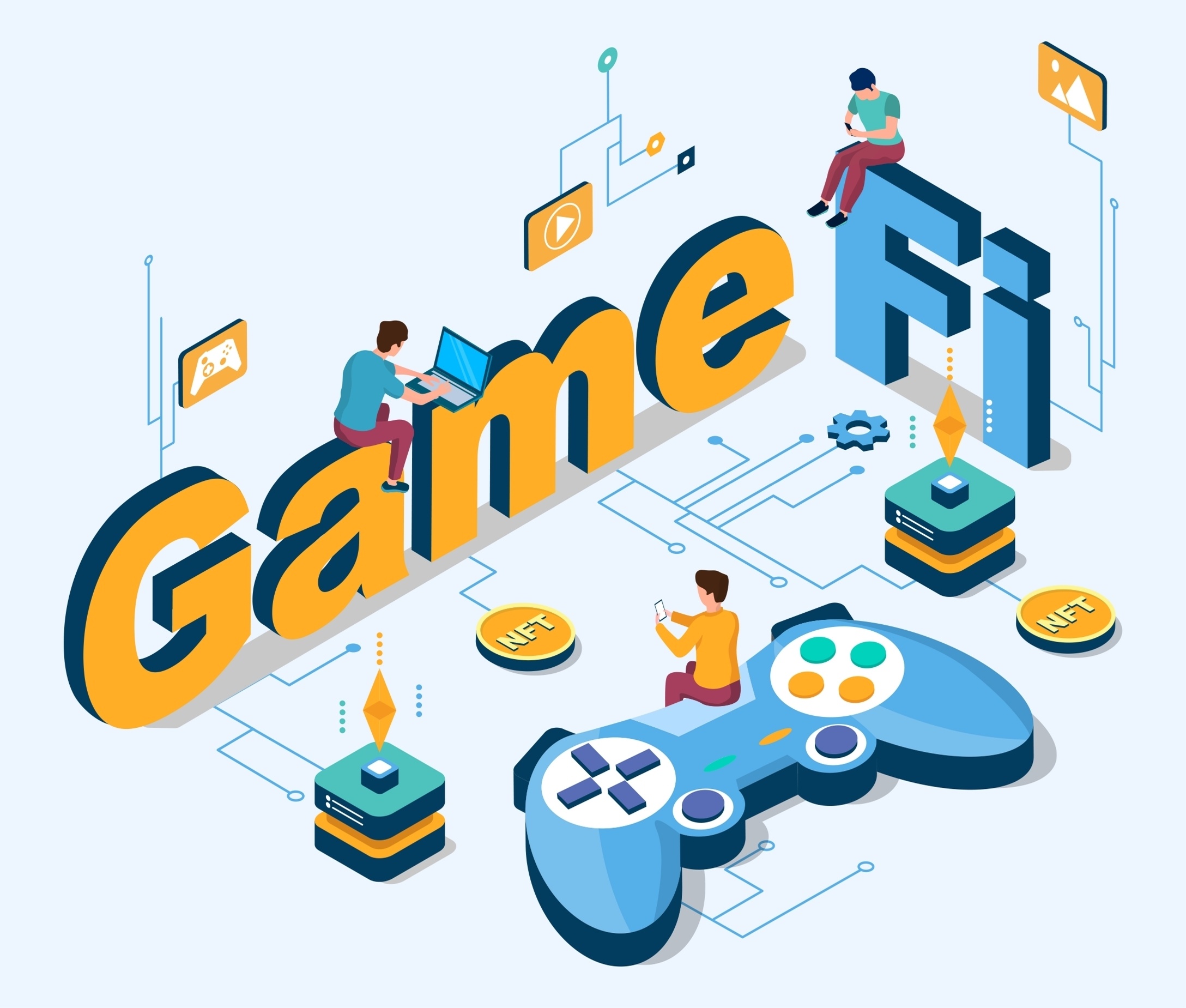
The gaming industry has seen a massive evolution with the introduction of blockchain technology. In fact, by leveraging the power of decentralized finance (DeFi) and non-fungible tokens (NFTs), games are essentially becoming an extension of our real world because they value the player’s time and have a real-world value associated with them.
The GameFi, as it is called in the crypto sphere, is now larger than ever, with hundreds if not thousands of blockchain-based games being developed regularly, and the top ones out there have been dominating the crypto space for years.
Today, we are going to be jumping into the sphere of GameFi, and discuss how DeFi and NFTs changed the gaming sphere for the better.
But before we dive too deep into the world of GameFi, play-to-earn (P2E) games, and DeFi, we must first go over what each of these technologies is and what they have contributed to the overall growth of the space.
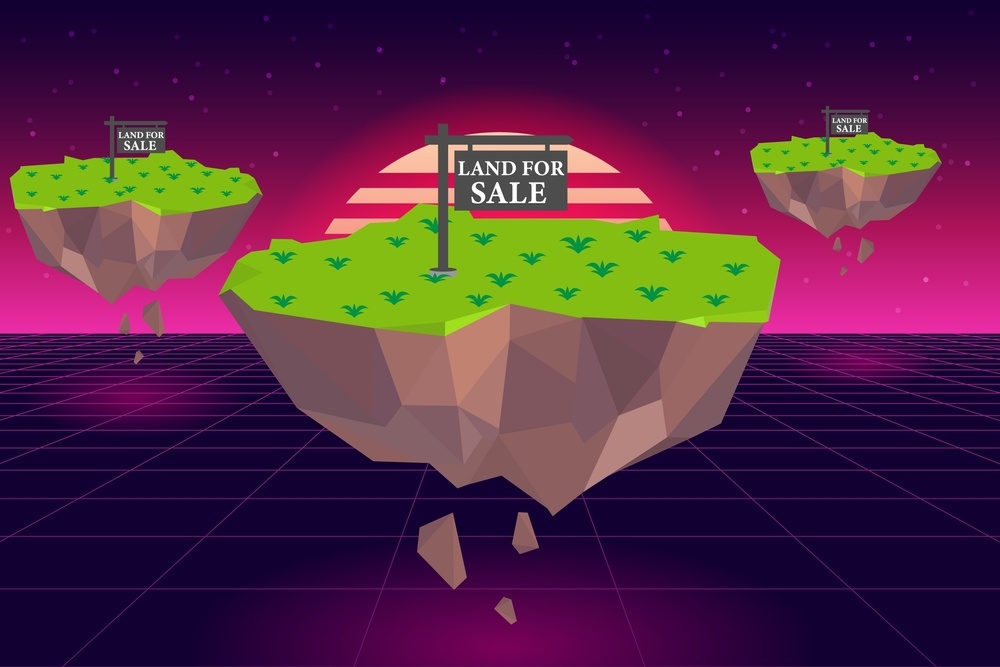
What’s Wrong with Gaming Today?
Don’t get me wrong, gaming is amazing, but let’s call out its flaws. If you’ve ever spent hours grinding for that legendary sword or bought a rare skin, you might already know what I’m getting at.
- Players don’t truly own their in-game items. Everything you collect or buy in a traditional game? It’s not actually yours. Those digital treasures belong to the game developers, not you. And when the servers shut down or you move on to a different game, that’s the end of it.
- Say goodbye to your money once you stop playing. Whether it’s weapons, skins, or other upgrades, the money you spend on games is locked into that one game forever.
- Lack of player-focused economies. Even in games with trading systems or marketplaces, transparency is often an issue. Rare items are either impossible to fairly trade, or their value can feel arbitrary.
Doesn’t that feel unfair? You give so much time and money to a game, but at the end of the day, players are left with nothing tangible. It’s a one-sided deal with all the control in the hands of the game developers. But what if there was a way to shift this dynamic?
A New Chapter with Blockchain Technology
This is where blockchain steps in. The technology that powers cryptocurrencies is now being integrated into gaming to reshape how players interact with their favorite worlds. GameFi (short for “game” and “finance”) is changing the landscape entirely. It’s creating opportunities for players to enjoy gaming while earning real rewards, holding on to what they earn, and even selling it for actual value—powered by decentralized systems.
Can you imagine the possibilities? A sword you worked hard to craft in a game could actually be yours—not just digitally, but as a tradeable, valuable asset. It’s a game-changer. Literally!
What’s the Buzz Around NFTs?
NFTs—or non-fungible tokens—are what make this whole new world of gaming ownership possible. They’re unique digital assets that can represent anything from rare skins to virtual land you own in a game. Each NFT has real-world value, meaning players can trade, sell, or even collect them like they would comic books or baseball cards.
For example, a game could let you unlock an extremely rare character skin as an NFT. Instead of it just sitting in your inventory for years until you stop playing, you could sell it to another player who’s eager to have it—and earn real money in the process.
Here’s why this matters:
- Real ownership: NFTs give players actual ownership of their digital items, and they live independently of the game developers.
- Economic opportunity: The items you earn or buy in games suddenly have a value that extends outside the game. This could mean selling them on NFT marketplaces or even renting them out in certain cases.
- Transparency and rarity: With blockchain technology, the rarity and authenticity of these digital goods can be verified. No more guesswork or shady in-game trades.
What’s most exciting? This is just the beginning of how NFTs are integrating with gaming. From creating fairer game economies to bridging the worlds of play and finance, NFTs are doing things that were impossible a few years ago.
But how exactly do NFTs and GameFi come together to change everything we know about gaming? Stick around—this is where things really start to get exciting.

Understanding GameFi: What Is It Really?
Imagine a world where playing your favorite game doesn’t just bring you joy but also puts cash in your pocket and gives you full ownership of in-game items. That’s not a dream anymore—it’s the GameFi revolution. But what exactly is GameFi? Why is everyone talking about it, and how is it blurring the lines between gaming and making money? Let’s break it down.
The Basics of GameFi
At its core, GameFi combines gaming and finance. That might sound complicated, but it’s not. Here’s the simple version:
- Play-to-Earn Model: You don’t just play for fun anymore. In a GameFi world, the more time and skill you invest, the more you can earn—whether it’s cryptocurrency, NFTs, or other rewards. Think of it as taking your hard-earned gaming hours and turning them into real, spendable value.
- Blockchain Integration: These games live on blockchain networks, which means everything is decentralized—no greedy middlemen. This ensures that players are in control, not companies pulling all the strings behind the scenes.
- Fun Meets Profits: It’s not just about clicking buttons or completing a mission; it’s about turning passion into profit. Your gaming hobby becomes a financial opportunity.
If you’ve ever grinded for hours to get a rare weapon in a game, only to realize it has no value outside that specific world, GameFi flips that game on its head. Suddenly, those items aren’t just cool—they’re potentially valuable assets.
Why GameFi Is Such a Big Deal
The excitement around GameFi isn’t just about pretty graphics or new gameplay mechanics. It’s about empowerment. Gamers finally get a seat at the table. Here’s why this is revolutionary:
- Real Earning Potential: Whether you sell your high-level character as an NFT or earn crypto rewards through gaming achievements, it’s like leveling up, but in real life.
- Decentralized Control: A blockchain-based system means you “own” your assets. Game studios can’t just take them away or shut down servers, leaving you with nothing.
- Break Free From Traditional Models: GameFi doesn’t trap you in endless microtransactions and pay-to-win mechanics. Instead, it rewards your skill and time fairly.
Games like Axie Infinity have shown just how life-changing GameFi can be. Some players in regions like Southeast Asia reported earning more from the game than traditional jobs. That’s a game-changer both figuratively and literally. According to a 2022 report from DappRadar, blockchain games like these attracted over $4 billion in investment, proving this is no passing trend.
Combining Gaming, Crypto, and NFTs
One of the wildest things about GameFi is how it blends three massive movements: gaming, crypto, and NFTs. It’s like the Avengers of emerging technologies. Here’s how they work together:
- Gaming: Still the fun and challenging experience you know and love, but with more opportunities to win big.
- Crypto: Many GameFi titles pay players in cryptocurrency. This means your earnings are easy to trade, save, or reinvest into more games or digital assets.
- NFTs: Imagine owning a rare character or a piece of virtual real estate as an NFT—it’s proof of ownership that goes far beyond the game itself. You can even sell these assets or use them in different games, depending on how developers design their ecosystems.
One shining example is The Sandbox, a virtual metaverse where players can buy land, build their worlds, and monetize these creations. A tiny plot of land there is no joke—it can cost thousands of dollars, and yet, people are all in. Why? Owning digital assets in GameFi games feels like buying property in a booming, digital gold rush.
It’s worth noting how far this has come. Just a few years ago, blockchain gaming sounded like something niche. Now, it’s blowing up into an entirely new genre where the lines between gamers and investors blur. Unreal, right?
“GameFi is more than playing—it’s empowerment. It shrinks the gap between passionate gamers and smart investors.”
The possibilities are so exciting, it’s hard to stop thinking about them. But what’s at the heart of this? How are NFTs driving this revolution forward? Let’s explore that next and see just how deep this transformation goes…
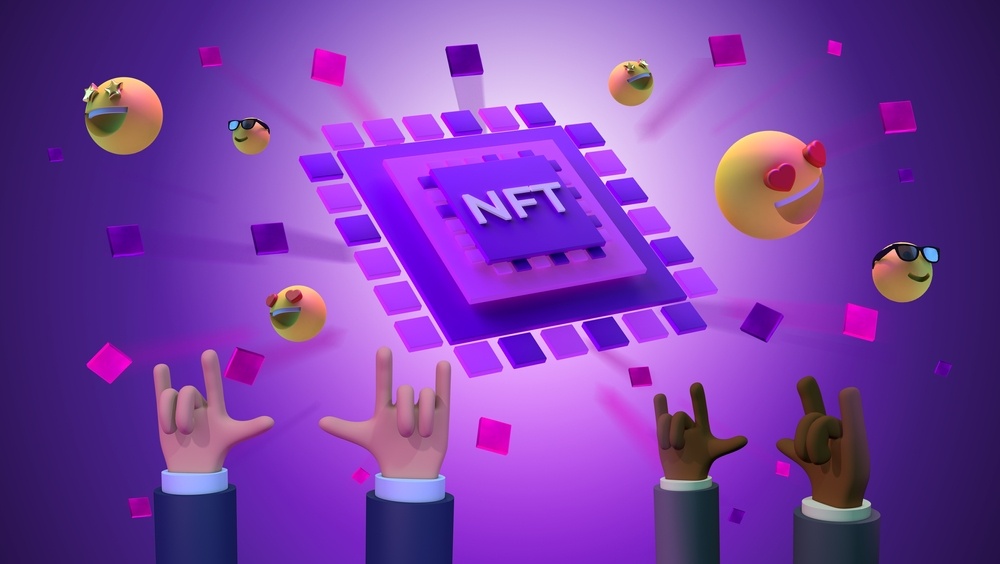
What Are NFTs Doing in Gaming?
Non-fungible tokens (NFTs) are essentially cryptocurrencies that are indivisible, where every single cryptocurrency that is minted as an NFT is fully unique in its own way.
A fungible token, for example, would be a cryptocurrency that is equal in value to another token. Let’s say that you buy 1x Ether (ETH); well, that 1x Ether (ETH) will always be equal in value to any other 1x ETH.
If you bought a $100 bill, it would always be interchangeable with another $100 bill. NFTs aren’t really like this due to the fact that each NFT has unique properties associated with it, which differ in value.
Furthermore, they can be used to represent tangible and intangible items and were primarily launched on top of the Ethereum (ETH) blockchain using the ERC-721 token but, over time, became widely available throughout numerous other blockchains.
Discussing NFTs, it is also important to remember that they are non-interoperable, indivisible, indestructible, and tokens that can easily and always be available for verification due to the fact that they are minted on top of blockchains that have a public ledger that anyone can review and explore, where they can see the wallet addresses which originally created the NFT in question.
Furthermore, due to the fact that blockchains have a high level of cryptography, as well as a decentralized network of nodes or miners that operate the network, it is almost impossible for someone to destroy or remove an NFT and the ownership surrounding them. Additionally, NFTs cannot be replicated, and each of them features its own unique properties that allow us to differentiate them.
Every single NFT will feature metadata that will have information relating to its original creator, which can be extremely handy when it comes to verifying each NFT.
Within the sphere of gaming, these NFTs can represent just about anything the player finds or interacts with within the virtual world, such as weapons, skins, food items, land, and so on.
But before we dive in too deep when it comes to what kind of role NFTs actually fill in the GameFi space, we need to go over how GameFi has changed the gaming industry as a whole.
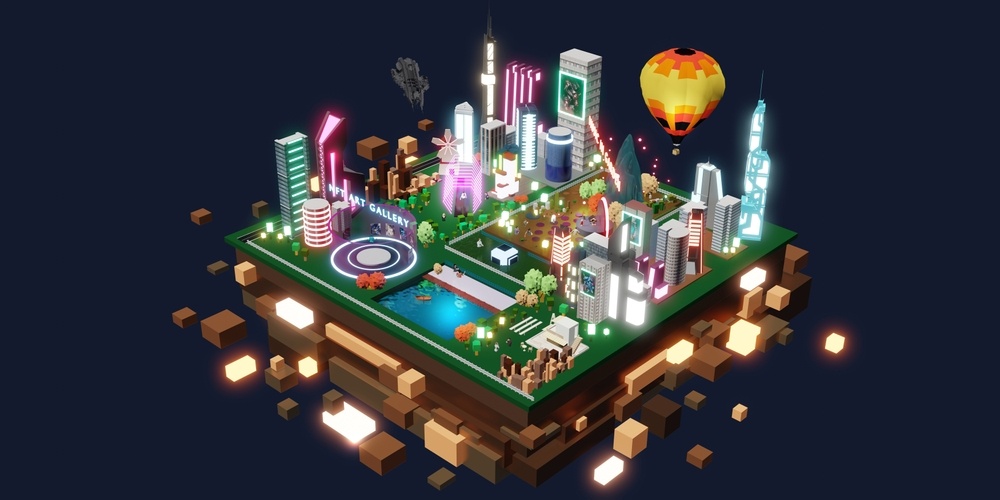
What do NFTs bring to the table?
Right now, traditional gaming is like renting. You spend hours grinding for rare items, or you spend real-life cash on those sleek skins—yet none of it is really yours. All that stuff? It stays locked inside the game, and the developers can pull the plug at any time.
But here’s where NFTs change the rules. They bring true ownership to the players. When you snag an item that’s an NFT, it’s not just a file sitting on some server—it’s a verified, one-of-a-kind digital asset, secured by blockchain tech. What does that mean for you? You can buy it, sell it, trade it, or even use it in another game if the ecosystem supports it. You’re the boss of your stuff. Remember that ultra-rare sword you used to flex with in-game? Now it could be yours forever—or sold for real cash.
This ownership opens up a whole new layer of value. It’s what makes your in-game work count in the real world. And honestly, that’s huge.
Examples of NFTs in gaming
Let’s get real. What kind of NFTs are we talking about? It’s not just concept art—it’s much more varied:
- Skins: Imagine owning that hard-earned, limited-edition skin as an NFT that others are dying to get their hands on. That’s serious bragging rights… and maybe some extra cash if you sell it on a marketplace.
- Weapons: Games like Illuvium are leading the charge with NFT weapons that players can upgrade and trade. The rarest ones become highly valuable.
- Characters: Think about owning a playable character in your favorite game. Bored with it? Trade it for something else or simply cash out.
- Virtual land: Games like The Sandbox let you buy, sell, or build on your own virtual land plots. This isn’t just a game—it’s an entire economy built on NFT ownership.
One great example? Axie Infinity. Those cute Axie creatures? They’re NFTs that players either breed, battle with, or trade. The result? Some gamers are raking in real income just by playing. Another example is The Sandbox, where people have spent millions of dollars on virtual land, turning their purchases into unique worlds or monetized assets. Crazy, right?
What’s the hype?
So, why is everyone buzzing about NFTs shaking up gaming economies? It’s simple—players are no longer just paying into games; they’re getting value out of them too.
In traditional gaming, developers hold all the power, and players are essentially strapped into a one-way economy. NFTs flip that script. They give power back to the players by introducing marketplaces that offer full transparency and fair trading. Want to sell that elite item you’ve spent hours grinding for? Now you can—on your terms.
This trend is reshaping how games make money too. Developers earn from the NFT’s initial sale and sometimes a small slice of every resale, creating an ongoing revenue stream that benefits both the maker and the user. Everybody wins—well, except maybe those companies who are used to controlling every dime spent in their ecosystems. But we’ll talk about that resistance in a bit.
As a gamer, imagine having full control over your digital assets. It feels empowering, doesn’t it? Instead of walking away empty-handed when servers shut down or a game fades into irrelevance, you could walk away with assets that hold value outside the game. No more losing everything you’ve worked for.
“It’s not just about gaming anymore. It’s about creating digital economies where everyone has a piece of the pie.”
The rise of NFTs in gaming is shaking the very foundation the industry is built on. But not everyone is thrilled about it. Why are traditional gaming companies resisting this shift? Let’s explore that next.
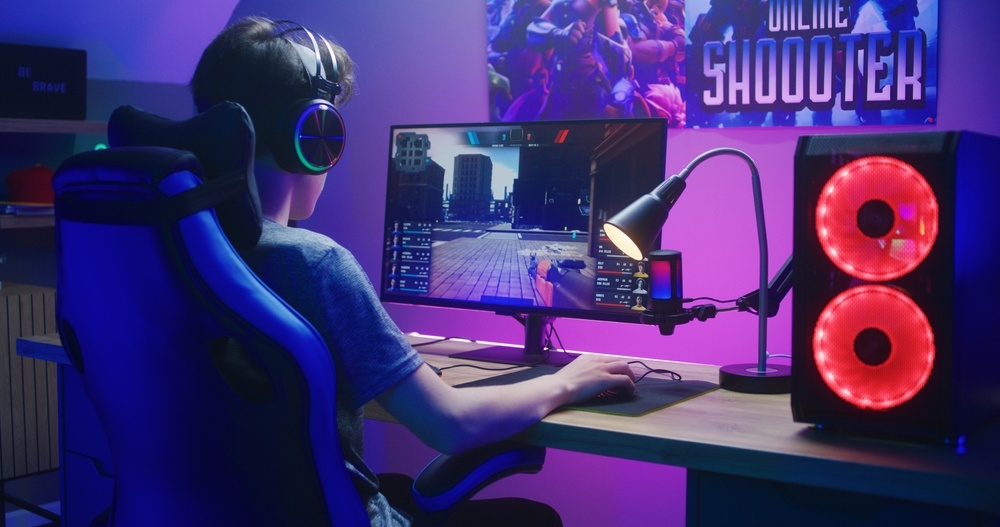
Why Traditional Gaming Companies Aren’t Too Happy
Let’s be honest—when something revolutionary comes along, not everyone rolls out the red carpet. Traditional gaming companies, for example, seem to be digging in their heels when it comes to accepting GameFi and NFTs. The question that keeps popping up is: why? These companies practically built the gaming industry we love, so what makes them so resistant to this new wave of innovation?
The Control Problem
First, we have to talk about control, or better yet, the obsession with it. Big gaming companies make billions (yes, billions!) every year through in-game purchases, locked-down economies, and centralized control. When you buy skins or weapons in traditional games, let’s not forget—you don’t own anything. It’s not yours to trade, sell, or keep forever. That sweet sword you unlocked after hours of grind? It lives and dies in that walled-off world, all under the watchful eye of the game publisher.
Now, GameFi and NFTs are blowing a hole through this model. Blockchain-based economies aren’t built on central control but on shared ownership. Suddenly, players are in the driver’s seat. They can trade, sell, or even profit from their in-game assets. See where this might ruffle feathers? For the big players in gaming, losing control also means losing a massive chunk of revenue. And change, no matter how exciting, is terrifying when it threatens business-as-usual.
One stunning stat: according to a report by Statista, the global gaming market was worth $200 billion in 2023. Imagine the financial stakes for these companies if they suddenly had to share that pie with their players.
Pushback Around NFTs
Now, it’s not just about money either. NFTs come with a whole lot of baggage—some of it fair and some downright exaggerated. Let’s break it down:
- Fears about scams: The NFT world isn’t without its shady corners. Fraudulent schemes and rug pulls have left people cautious, and gaming companies worry about how this could tarnish their reputation if they hitch their wagon to NFTs.
- The environmental debate: A lot of early NFTs consumed massive energy due to certain blockchain networks. While newer eco-friendly blockchains like Solana and Polygon are fixing this, the stigma persists. Gaming companies definitely don’t want to be seen as “polluters.”
- The “too early to trust” mindset: A lot of gamers—mainstream ones especially—are still hesitant about this whole blockchain thing. They’ve seen fads come and go, and they’re not jumping in with open arms yet. Gaming studios don’t want to alienate their core fans.
In a way, it’s a trust issue on all sides. The traditionals don’t trust NFTs just yet, but ironically, their stubbornness is closing them off from a future that’s brimming with potential.
Are They Missing the Point?
Here’s where things get interesting. While resistance is understandable, could these gaming giants be missing the bigger picture? GameFi isn’t destroying the gaming economy; it’s rebuilding it with players at its heart. Imagine a world where companies still make profit, but players get value too. That’s not competition—that’s evolution.
Take this as food for thought: NFT-based games like Axie Infinity have already shown us that players can spend hours gaming AND make money doing it. Doesn’t that sound like the next logical step for AAA titles? Meanwhile, all that transparency in the blockchain? It could solve long-standing issues like item fraud and shady marketplace behaviors—problems gamers have been begging developers to fix forever.
“Change is messy, but the only thing messier is ignoring it when it’s staring you in the face.”
So, are traditional companies digging their heels in fear? Or will some of them recognize the smarter move—embracing the rise of GameFi and NFTs and using them as tools for even greater innovation?
But here’s a wildcard: what happens when players get tired of waiting? If the old guard won’t evolve, there’s already a new wave of games breaking onto the scene, ready to lead the charge. Want to know who’s making waves? Stick around—we’re about to explore the names shaping this new revolution in gaming.
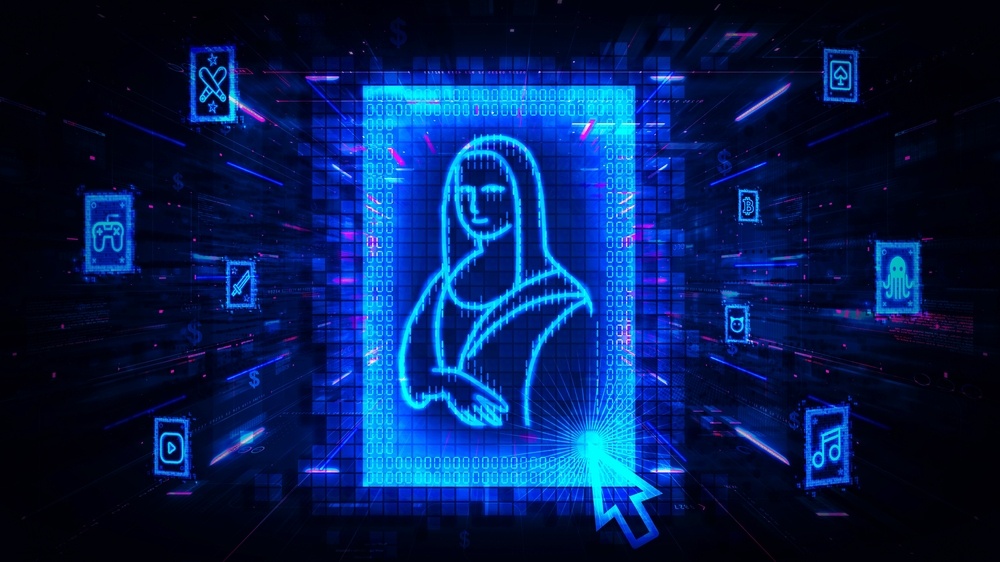
How NFTs Contribute to In-Game Ownership
Now, in order for us to truly understand how NFTs contribute to in-game ownership, we will first need to dive a bit deeper into how they work and what essentially makes them have this high level of utility.
NFTs are decentralized, and are mined, and can operate on top of a specific blockchain. No central authority can control them and cannot restrict them or censor them, or lock them within a specific project.
Each of these blockchain networks has its own token standard that the NFT creators have to follow, and this allows for a high level of interoperability on supporting networks.
Each blockchain will also have its own set of games, metaverses, or other decentralized finance (DeFi) projects that can be utilized.
An NFT is minted from digital objects and fills the role of a representation of digital or non-digital assets. NFTs, for example, can represent:
- Digital Art – GIFs, collectibles, music, videos
- Real-World Items – a deed to a car, a ticket to a real-world event, tokenized invoices, legal documentation, and signatures.
- GameFi Utility – a specific key to an in-game world, an invitation to an in-game event or concert, a key to specific chests, armor, weapons, or anything else found within games.
An NFT can only have a single owner at any point in time, and this ownership is essentially managed through the uniqueID as well as the metadata that no other token can replicate at all.
These NFTs are minted through smart contracts, which fill the responsibility of assigning ownership and managing the transferability of the NFTs, and whenever someone creates or mints an NFT, they can execute the code that is stored in the smart contracts.
This needs to conform to different standards, and in the case of Ethereum, this would be the ERC-721 token standard. This information would then get added to the blockchain where the NFT is managed.
From a high level, the mining process involves the creation of a block, the validation of information, and the recording of said information on top of the specific blockchain in question.
Now, imagine this process for any game built on top of the Ethereum blockchain or any other blockchain, and you will have a broader level of understanding as to how all of this works and how all of it is tied together.
By owning an NFT, something players can get by simply playing the game or purchasing it from the in-game store; they are essentially given the ability to easily prove that they own it. Whenever a player earns or buys an NFT, the ownership surrounding that specific NFT is transferred to their wallet through their public address.
The token also proves that it is original, and the private key is the proof-of-ownership of it.
No one can manipulate this NFT in any way, and the player can sell the NFT or hold onto it forever, knowing that the asset is secured in their wallet by the underlying blockchain.
Now that we know all of this, it is clear that whenever an NFT gets minted in the virtual world, the in-game world that the player is constantly playing in and interacting with, it is transferred to the cryptocurrency wallet that they used to connect to the game, where they have full control and ownership of the NFT in question.
Keep in mind that before engaging with just about any GameFi project, or in other words, any game that is connected to blockchain technology, each player is required to create and then connect with their own cryptocurrency wallet, one that they have full control over the private keys and passphrase on. This is where each NFT and cryptocurrency that they earn in-game will be transferred, so it is extremely important to the overall experience.
Another interesting aspect surrounding specific projects is that, in some cases, these NFTs can be cross-compatible throughout numerous games. For example, let’s imagine that we have two games that are interoperable at a future point in time.
You would earn an NFT blade, or cosmetic item, in one game, and due to the fact that the NFT follows the same set of rules and token standards as the NFTs in the second game, you should theoretically be able to transfer the NFT and its overall utility and stats from Game one to Game two.
This would also mean that your NFT would not just be stuck within a single world. However, this might be far out in the future for the time being.
For the time being, however, there have been projects that have been specifically developed to utilize NFT technology across a wide variety of use cases.
As a player, you could buy virtual land within a game and rent it out, earning passive income. You could also buy virtual real estate, hold onto it for a prolonged period of time and sell it at a higher value than you bought it, similarly to how real-world real-estate works. Many projects are essentially trying to replicate the experience that we would receive in the real world, in their in-game world, as a means of providing a much higher level of utility as well as higher overall rewards for each of the players that engage with the virtual world.
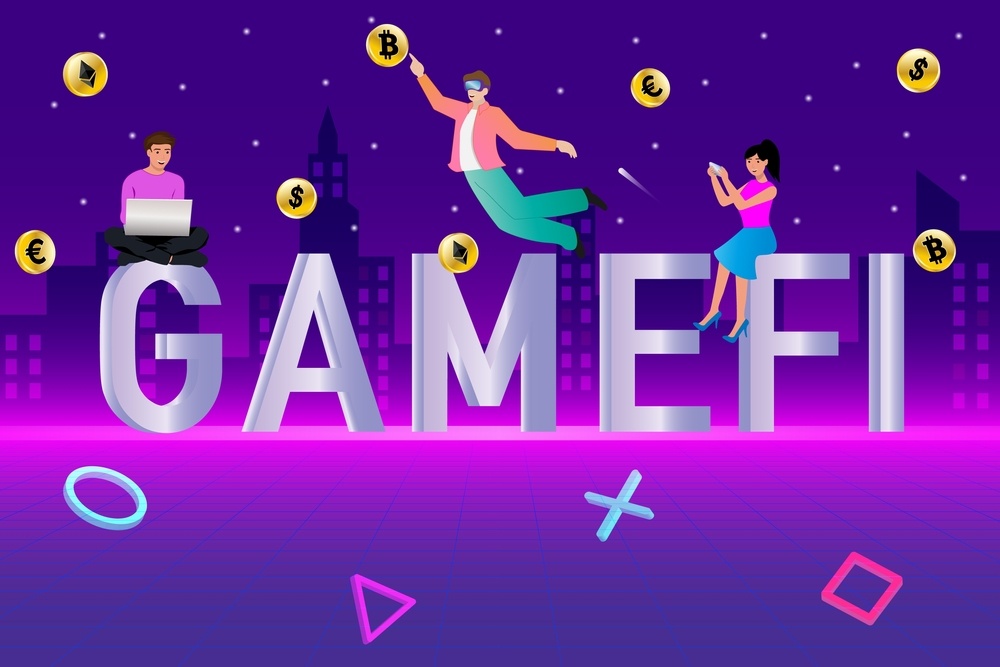
How GameFi has Revolutionized the Gaming Industry
Decentralized Finance (DeFi) has blown up in popularity at a rapid pace, and due to this growth, developers and creative minds alike have tried to come up with numerous ways through which they can utilize the technology to enhance the previous experience or provide players with access to new experiences.
In other words, all of the NFTs, a player ends up getting within the game can be sold and traded.
What this means is that players can contribute their time towards playing a game, after which they will receive a non-fungible token (NFT). Once they do so, they can trade that item for any other item that they feel comfortable with doing so on an open marketplace that’s powered by DeFi, or can directly sell the NFT for cryptocurrencies.
Typically, if an NFT is minted on top of the Ethereum blockchain, it would be bought or sold using the Ether (EHT) cryptocurrency as an example.
In other words, GameFi has enabled freedom that was previously unavailable to players. Remember, prior to GameFi projects, anything a player earned in-game, or won through a championship or through battling within the arena, or through beating a boss raid, and so on, was all tied to their account.
The company behind the game had full control over all of the items, and all of them were tied to a central server that the company had control over.
Here, in GameFi, everything is stored on decentralized storage solutions through the usage of the public ledger and NFTs, and they are all owned by the individual players who have won them or earned them.
In other words, if a player ends up getting an item, they have full control over it now, not the company. Players can also buy land ownership and rent it out as they would in the real world and, as such, get passive income for their efforts.
They can stake in-game tokens to secure the game and get a monthly return for doing so. They can lock their tokens in specific pools and generate even more money out of them; the possibilities offered by GameFi projects are seemingly endless as a result of this.
We will now be going over some of the most popular GameFi projects or DeFi games that feature play-to-earn (P2E) elements and have dominated the crypto sphere.
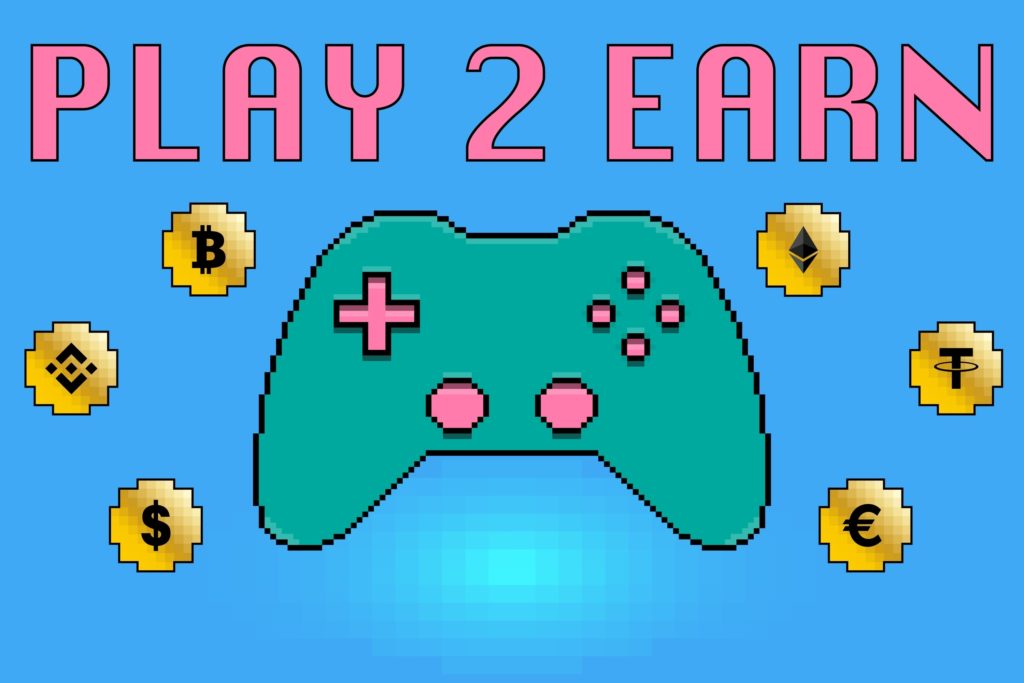
Which Games Are Leading the Way?
Now, the choice is seemingly endless when it comes to GameFi projects or games that simply utilize Non-fungible tokens (NFTs) or even play-to-earn (P2E) mechanics.
However, as a means of explaining the GameFi industry further, it is essential that we take a look at some existing and thriving gaming experiences just so you can have a clearer level of understanding of how all of it works and is tied together.
We will first go over one of the newer and popular GameFi experiences that features both GameFi and SocialFi within it.
STEPN (GMT) and its Impact on the Crypto Space
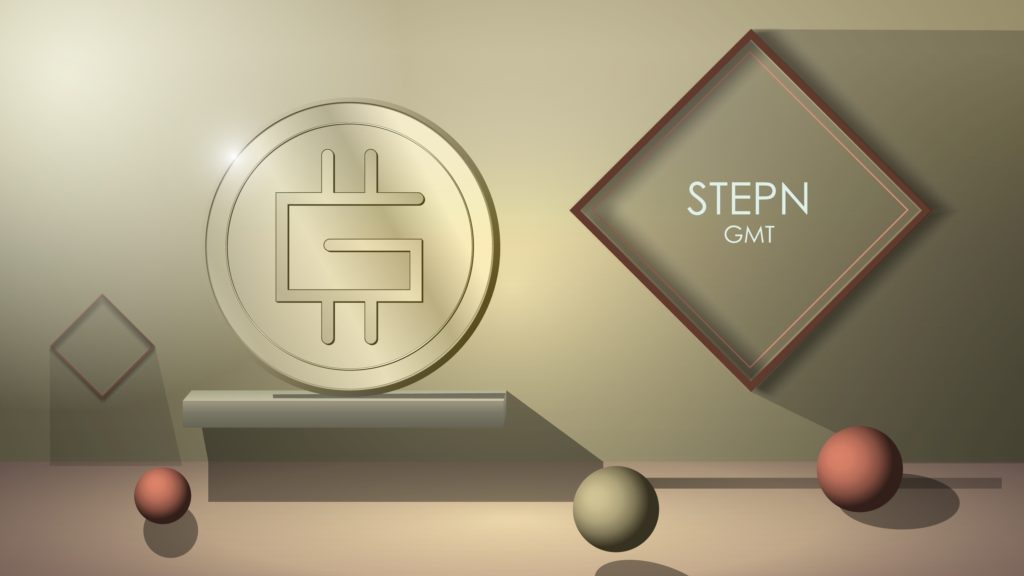
STEPN (GMT) is essentially a web-3 lifestyle application that is built on top of the Solana (SOL) blockchain network. It essentially combines aspects of play-to-earn (P2E) gaming with a fitness application to create a new category known as “move-to-earn,” coined by the project.
Within these GameFi projects, players need to essentially buy sneakers in the form of NFTs, after which they can start walking, running, or jogging and earn the in-game currency known as the Green Satoshi Token (GST).
STEPN aims to essentially incentivize millions of users to follow a healthier lifestyle by rewarding their efforts. The app solves several issues, such as proof-of-movement, which proves that users have exercised alongside a functioning GPS system. Furthermore, STEPN even incentivizes users from a financial aspect with special rewards.
All users hate to do is download the app, create a wallet, buy a pair of NFT sneakers, and begin earning in the game’s Solo mode. This app is executed well and is a representation of how GameFi is revolutionizing the crypto space.
Decentraland (MANA) and Its Implementation of The Metaverse
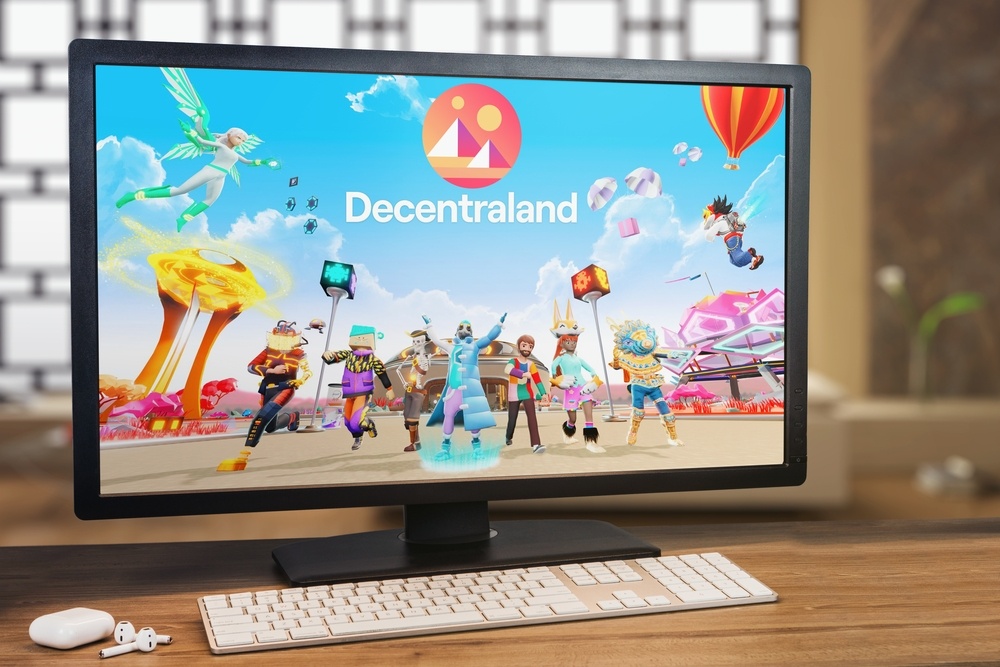
However, it doesn’t end there. Another hugely popular NFT-based metaverse includes Decentraland (MANA).
This virtual reality platform lives on top of the Ethereum blockchain and aims to enable users to essentially create, experience, and even monetize content and applications. Within this virtual world, users can purchase plots of land and build upon them, after which they can monetize through them.
The MANA cryptocurrency is native to the project and, given that it’s built on top of Ethereum, follows the ERC-20 token standard but has to be burned to get non-fungible tokens (NFTs) that follow the ERC-721 standard, which is the LAND tokens.
This is one of the first projects to essentially introduce “The Metaverse” and is divided across 90,601 individual parcels of land, where each of them represents an NFT and is exactly 16m x 16m or 256 square meters and can be found in a specific coordinate within the virtual world.
The Sandbox (SAND) and Its Introduction to Virtual Freedom
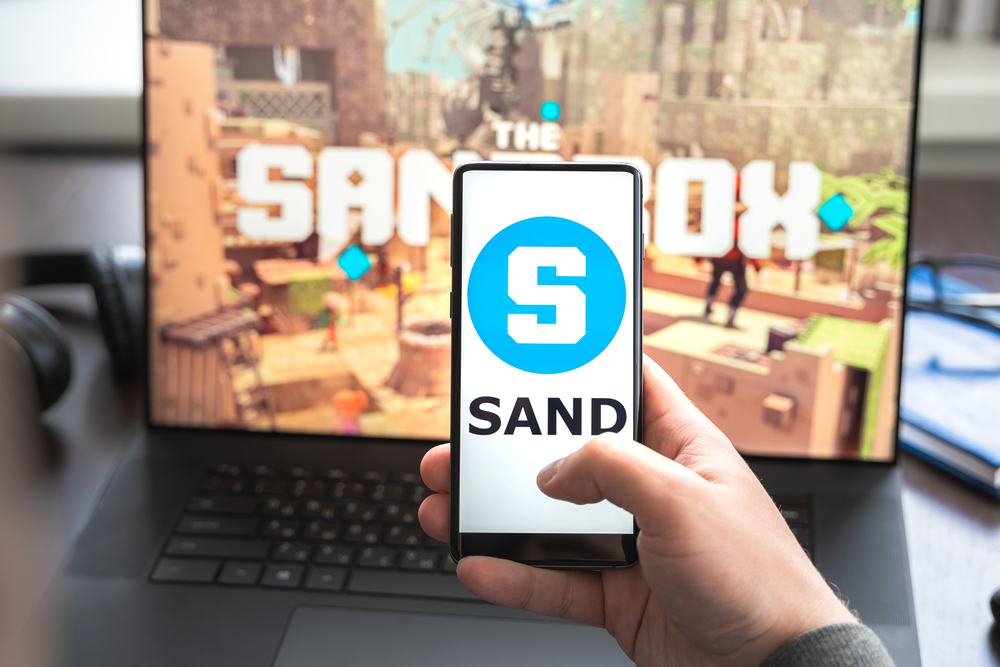
Another extremely popular virtual world played by millions on a global scale is The Sandbox, which is essentially a virtual world that provides each user with the opportunity to create, develop, buy and even sell digital assets in the form of a game.
By utilizing autonomous organizations (DAO) and non-fungible tokens (NFTs), the Sandbox essentially creates a decentralized platform on top of which communities can be built. We can view The Sandbox as a metaverse filled with players who contribute to the future development of the platform.
It is powered by the SAND cryptocurrency, which is its native cryptocurrency, and it is also built on top of the Ethereum blockchain, which makes SAND an ERC-20 compliant token.
Axie Infinity (AXS) And Its Massive Appeal to New Players
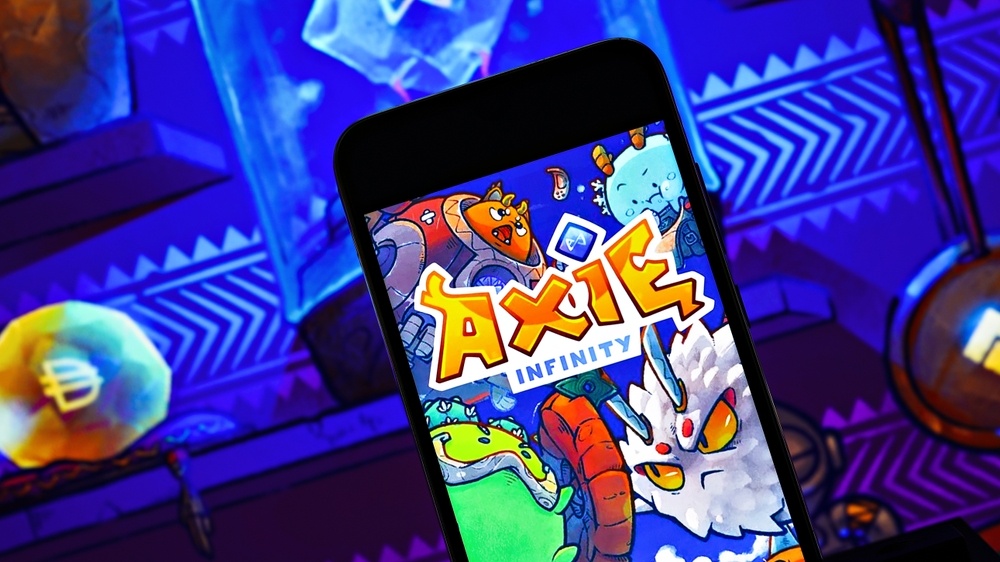
Axie Infinity (AXS) is far from the first blockchain game to implement a card system and breeding mechanics, but it is a game that implemented the systems in place extremely well and became the point of appeal for a lot of players, especially those who are just starting to enter the sphere of blockchain gaming for the very first time.
Axie Infinity is a game that lets players collect, breed, raise battle, and trade token-based creatures known as Axies.
Each Axie is an NFT that you can collect, breed, trade, and use in battles. Players earn tokens called SLP (Smooth Love Potion) and AXS (Axie Infinity Shards), and both can be sold on exchanges for real-world money. At its peak in 2021, people in countries like the Philippines were earning more through Axie Infinity than from their day jobs. Talk about gaming flipping the script on economics!
However, it’s not all sunshine. Axie has faced challenges like market downturns and sustainability concerns, but it remains a giant in the GameFi space, proving this model works—albeit with growing pains.
There are over 500 different body parts that are available, alongside different scales of rarity, such as common, rare, ultra-rare, and legendary, all of which contribute towards the rarity and overall value of each Axie.
Note that each of these Axies is an NFT that has different attributes and strengths and can be utilized in-game in battles, where they can earn experience points (EXP) which are used to level up their stats and body parts, ultimately contributing to an increase in their overall value.
The Axie ecosystem also features a governance token known as Axie Infinity Shards (AXS), which are used as a means of participating within governance, and provide holders with the ability to influence how the funds, which are gathered within the Axie Community Treasury, get utilized. Small Love Potion (SLP) tokens are the second type of tokens utilized within the game and are used for breeding Axies.
Enjin Coin (ENJ)’s The Interconnected Ecosystem
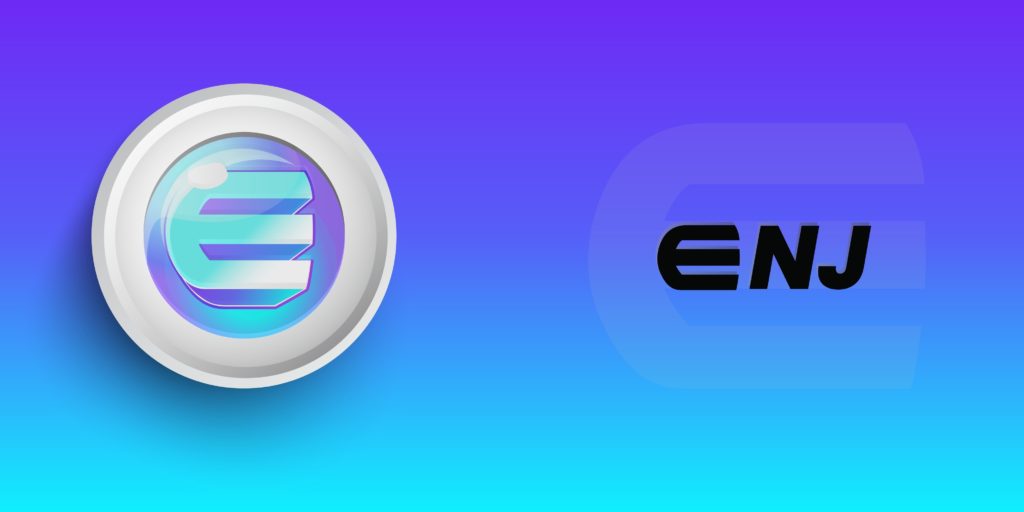
We cannot talk about interconnected gaming and NFTs without looking at ENjoin Coin (ENJ). Enjin is a company that provides an ecosystem of interconnected and blockchain-based gaming products, where the main offering is known as the Enjin Network.
This Enjin Network is essentially a platform tailored to gaming with social aspects, where users can create websites, clans, and chat as well as host virtual item stores. Enjin Coin is developed on top of the Ethereum blockchain, and as a result, this follows the ERC-20 token standard.
ENJ can be utilized as both a store of value as well as be used to back the value of blockchain assets, such as NFTs.
Every asset that is minted within the Enjin Platform also contains ENJ, which is a minting resource that is locked inside of NFTs and removed from the overall circulation. However, this contributes to a lot of benefits, such as infusing them with reserve value and ensuring their transparency and scarcity. Furthermore, this gives them instance liquidity, provides utility in games and applications, and has other benefits.
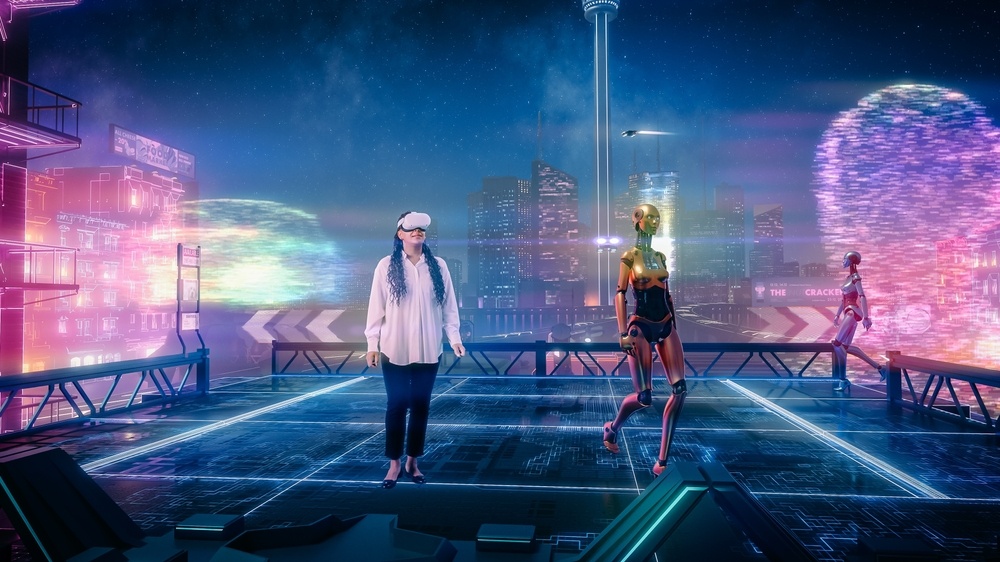
The Benefits of GameFi to Gamers
Let’s be honest—gaming hasn’t just been about having fun for a long time. It’s about leveling up, building something meaningful, and, more and more, asking yourself: “What am I actually getting out of this?” That’s why GameFi is making waves—it doesn’t just change the rules; it flips the entire gaming experience on its head. Suddenly, you’re earning money, owning your assets, and even shaping the games you play.
Money-Making from Gameplay
Imagine this—you turn your gaming sessions into actual earnings. Sounds wild, right? But that’s what GameFi is all about. Instead of grinding through levels and collecting points for nothing, you’re collecting rewards in the form of cryptocurrencies and NFTs that have actual value. And no, this isn’t just some pipe dream; it’s happening right now with players around the world.
- Play-to-Earn Mechanics: Games like Axie Infinity made headlines when players in some countries started earning more than their traditional incomes just by playing. The game rewards players with crypto tokens and NFTs that can be sold or traded.
- Sellable NFTs: Maybe you’ve snagged a rare, one-of-a-kind weapon or an exclusive character skin. In traditional games, that’s a flex. In GameFi, it’s a potential sale. Players on OpenSea, for example, are selling in-game items for thousands of dollars.
- Passive Income: Some games, like The Sandbox, even let you create and rent out land within their platforms for others to explore or host events. Think of it like Airbnb, but in the gaming world.
“The future belongs to those who believe—why not believe you can game for fun and profit?”
True Asset Ownership
Here’s the deal: when you buy something in a traditional game, do you truly own it? Sadly, no. You’re essentially renting that skin, weapon, or item until you stop playing. But GameFi flips that script. With NFTs, you genuinely own your in-game assets—just like real-world items.
Think about it like this:
- Your Assets, Your Rules: That rare dragon you earned? Yours. Your unique armor design? Yours. You can trade it, sell it, or simply show it off—everything’s up to you.
- Trade with Confidence: Transparency is a huge part of blockchain. That means, no shady trades or hidden agendas. All transactions are visible and secure, instilling trust in the process.
- Beyond Gaming: Here’s the kicker—many NFTs aren’t limited to just the games they were created in. They can extend into broader ecosystems, giving them value beyond a single title.
How cool would it be if that magic wand you scored in one game could become a valuable commodity across other games or even in NFT marketplaces?
Community-Driven Innovation
Let’s not overlook one of the most exciting transformations GameFi is bringing: giving players a say. Traditional games are controlled by big companies that decide everything, from updates to design to the game’s entire lifecycle. GameFi is different—it’s shifting the power dynamic.
Here’s where it gets really interesting:
- A Seat at the Table: GameFi projects often involve players in governance. Through features like DAO (Decentralized Autonomous Organizations), players vote on decisions that shape the game’s future. This means your voice matters—you’re not just a player; you’re a co-creator.
- Better Incentives: When the community thrives, so do you. Many games share profits through staking incentives, token rewards, and collaborative goals, ensuring everyone benefits from the game’s growth.
- Stronger Connection: Because the system is so tied to its players, GameFi creates a sense of belonging. Gamers aren’t just fans of the game—they’re loyal to and invested in its success.
It’s not just hype. Blockchain-based games are rewriting what it means to be part of a gaming world. You’re building, earning, and shaping something meaningful, all while having a blast. The only question is, are you ready for this?
But not all that glitters is gold, right? As exciting as this sounds, GameFi and NFTs still have their share of challenges. Wanna see what they are and why it might not be all smooth sailing just yet? Let’s talk about that next.
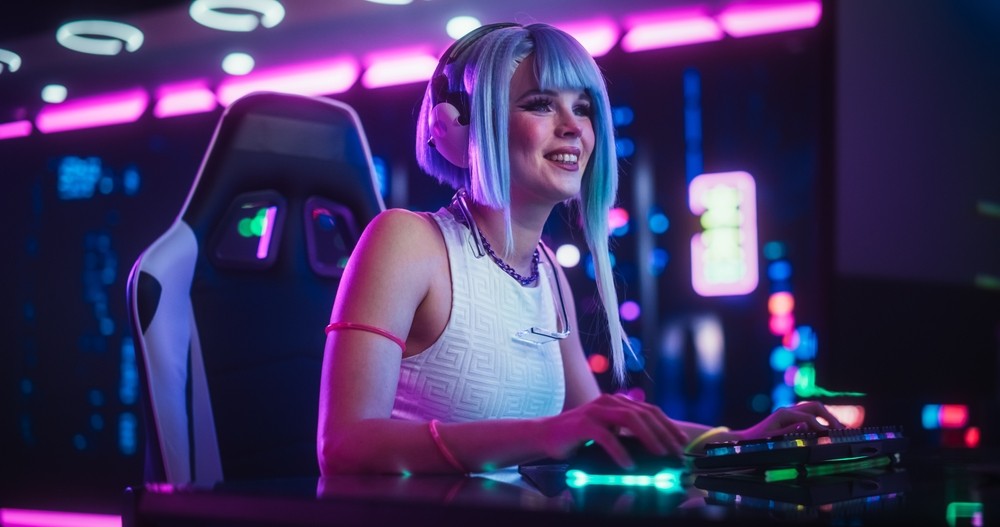
The Challenges Holding GameFi Back
GameFi feels like the next big thing in gaming, but let’s be honest—every game has its hurdles, and this space isn’t any different. While it’s exciting to see innovations like NFTs and blockchain making waves, there are still some real-world challenges slowing things down. If you’re wondering what’s causing those speed bumps, let me break it down for you.
Scalability Issues
Ever tried playing a blockchain-based game only to find yourself stuck because the network is too slow? Yeah, that’s not fun. Games built on blockchains like Ethereum often get bogged down by high gas fees or network congestion during peak times. Imagine paying outrageous transaction fees just to trade a sword or a skin—doesn’t exactly scream fun, does it?
For instance, Ethereum’s infamous gas fees once spiked so high that making small transactions didn’t even make economic sense. Unless blockchains improve scalability—with upgrades like Ethereum 2.0 or alternatives like Solana stepping in—this challenge will scare off a lot of newcomers.
Plus, when servers lag or transactions take forever to confirm, it’s hard to keep that immersive gaming experience alive. The industry’s working on solutions, but we’re not there just yet. Let’s just say patience is a skill gamers will need here—not just while waiting for raids to load!
Accessibility
If you’re new to crypto, getting into GameFi can feel like studying for a test you didn’t sign up for. There’s the wallet setup, understanding tokens, and figuring out how blockchain transactions work. Sounds overwhelming, right?
Take MetaMask, for example. It’s one of the most popular crypto wallets, and even it can feel confusing to someone who’s just trying to hop into a game to have fun. You’ve got to fund your wallet, deal with seed phrases, and convert currencies—all before playing! Can we just skip to the part where I actually score that NFT sword and win battles?
On top of that, not everyone wants to spend hours learning how to trade on platforms like OpenSea or understand the differences between ERC-1155 and ERC-721 token standards. Throwing all this new tech at gamers might work for crypto enthusiasts, but for the average player? It’s a steep learning curve.
Skepticism From Gamers
Here’s the elephant in the room: not everyone is buying the hype. A lot of gamers see GameFi as a gimmick or, worse, a scam. And let’s be honest, the crypto space hasn’t done itself any favors with its share of rug pulls and bad press. That mistrust bleeds into GameFi, making some players hesitate to even try it out.
Plus, traditional gamers often criticize that some GameFi titles feel more like jobs than games. Grinding for tokens and flipping NFTs can feel less about the fun and more about the hustle. Where’s the magic? Where’s the joy of losing yourself in an epic quest or dropping into a battle royale with friends?
And let’s not forget the speculation angle. If a game’s economy is too dependent on the value of its tokens, you risk burnout when the bubble pops. Look at Axie Infinity—when token prices plummeted, so did interest in the game. This instability makes players cautious, which explains why some are still sitting on the sidelines.
“Innovation is good, but trust takes time to build.”
These challenges aren’t impossible to overcome, but they’re a reality we can’t ignore. The question is, how do we make GameFi as seamless and exciting as the experiences we already love? Well, you’re about to see how much easier it can be to get started as we tackle that next. Ready to unlock the essentials?
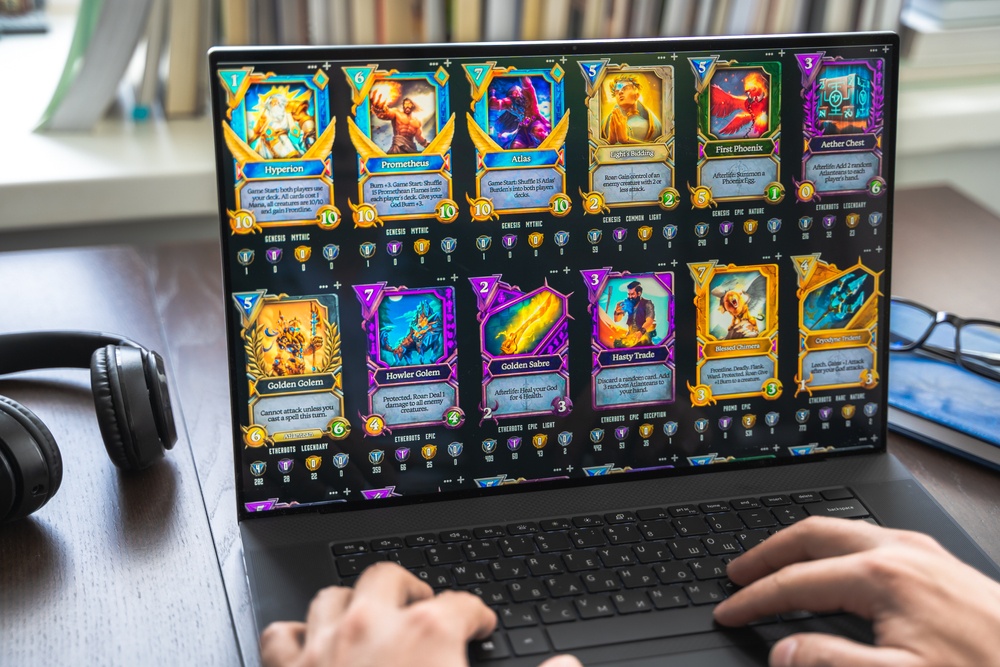
Resources to Get Started with GameFi and NFTs
So, you’re excited about GameFi and NFTs and ready to jump in? Awesome! But let’s be real—starting out in this space can feel a little overwhelming. Don’t worry, though—I’ve got you covered with the tools, communities, and games that will get you up and running. Whether you’re new to Web3 gaming or just curious about how to start playing, this guide has everything you need to take that first step.
Tools and Platforms You’ll Need
Let’s start with the essentials. To truly experience GameFi, you’ll need a few basic tools. First, a crypto wallet is non-negotiable. One of the most popular and easiest to use is MetaMask. It’s a browser extension and mobile app that lets you store, send, and receive cryptocurrencies, as well as interact with blockchain-based games. Setting it up takes just a few minutes.
When it comes to exploring NFTs, marketplaces like OpenSea are where you should head. OpenSea is the largest NFT marketplace and has a section dedicated to gaming assets—perfect for browsing and buying those unique in-game items that can set you apart. Want to trade virtual lands or rare characters? This is the place.
And for accessing decentralized marketplaces or swapping tokens, platforms like Uniswap or PancakeSwap are reliable options. Think of these as your GameFi trading hubs for the crypto economy.
Communities You’ll Want to Join
GameFi isn’t just about games—it’s about people. Joining communities is crucial if you want to stay updated, learn from other players, and maybe even find insider tips. Platforms like Discord are buzzing with GameFi activity. Tons of gaming projects have their own Discord channels where you can interact directly with developers, ask questions, and connect with fellow gamers.
Another fantastic space to hang out is Twitter. Web3 gaming news, NFT updates, and tips get shared here lightning fast. Start by following influential voices in the GameFi world or even popping into Twitter Spaces for live discussions.
Also, forums like Reddit’s r/GameFi or niche crypto groups on Telegram are great for more relaxed chats about what’s happening in the industry. Don’t forget news hubs like Cryptolinks—I keep it updated with the latest on GameFi tools, platforms, and news to help you stay ahead.
Games Worth Playing
Now for the fun part—the games. A great way to step into GameFi is by trying out popular titles that are already leading the charge. You can’t go wrong with Axie Infinity, a game that lets you collect, battle, and trade your Axie creatures, all while earning tokens. This game literally started the play-to-earn trend and has built an economy that’s changing players’ lives.
If you’re more into metaverse-style experiences, then you’ve got to check out The Sandbox and Decentraland. These platforms let you own virtual real estate, create assets, and even monetize your creations. Ever wanted your own little corner of a digital world? Now’s your chance.
Other exciting names to explore include Illuvium, a visually stunning RPG that’s gaining a lot of buzz, and Gods Unchained, a strategy card game where every card you own is an NFT. These games are beginner-friendly but still packed with features that let you experience the full potential of GameFi.
Still wondering where to begin, or want to find out how all this fits into the future of gaming? Keep reading and let’s take it one step further—you’re not going to want to miss what’s next. Ready to see how GameFi is just the tip of the iceberg? Stick around!
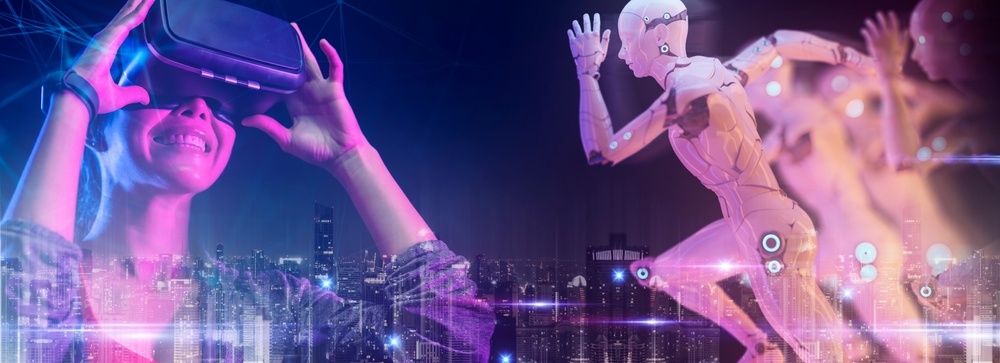
GameFi Is Just the Beginning of the Gaming Revolution
Let’s face it—the gaming world as we know it is changing fast, and GameFi is leading the charge. But here’s the thing: what we’re seeing now is just the start. This isn’t just about earning while you play or owning your in-game items. It’s about where this could take us next. Buckle up, because the future looks huge, wild, and full of possibilities.
The future of gaming is in ownership
Ownership is no longer an extra—it’s becoming the heart of gaming. Right now, NFTs are letting you own weapons, characters, or even virtual real estate. But the real game-changer is this: what happens when gamers don’t just play in a world but also build, sell, or reshape it? Imagine owning not just items, but pieces of the actual game economy. It’s already happening. Platforms like The Sandbox let players create, buy, and sell in-game assets. It’s like Minecraft, but with real-world value.
Decentralized gaming economies could power up so much more, giving players control in ways traditional games never could. We’re talking about gamers acting as co-creators, investors, and even architects of their own experiences. That’s a big deal and will keep driving innovation far beyond the current hype.
NFTs as drivers of innovation
It’s hard to ignore how NFTs are becoming the backbone of this evolution. Sure, owning a unique sword or piece of land is cool, but what’s cooler is where this technology can go. NFTs could bring cross-platform gaming to life. Think about it—what if you could take an item you earned in one game and use it in a completely different one? That would blow traditional gaming out of the water.
Games like Illuvium are already experimenting with interoperable ecosystems, and the potential is insane. NFTs could even inspire entirely new types of games—ones where the players dictate the rules and economies instead of studios. This flips the traditional power dynamic, making games less about being controlled by developers and more about players having a real say.
Ready to play?
The best part? You don’t have to just sit and watch this revolution happen. Getting into GameFi now is like stepping into a new frontier. Not sure where to start? Communities, forums, and platforms are popping up everywhere to guide new players. It’s easy to find spots to connect with others who are just as excited about the future of gaming—trust me, these are exactly the spaces where ideas, collaborations, and trends are born.
If you’re serious about gaming or even looking to explore digital economies, this is a journey worth taking. You get to be part of something where fun meets financial opportunity in ways that weren’t even possible a decade ago. Gaming is more than entertainment; it’s becoming part of culture, finance, and technology all rolled into one.
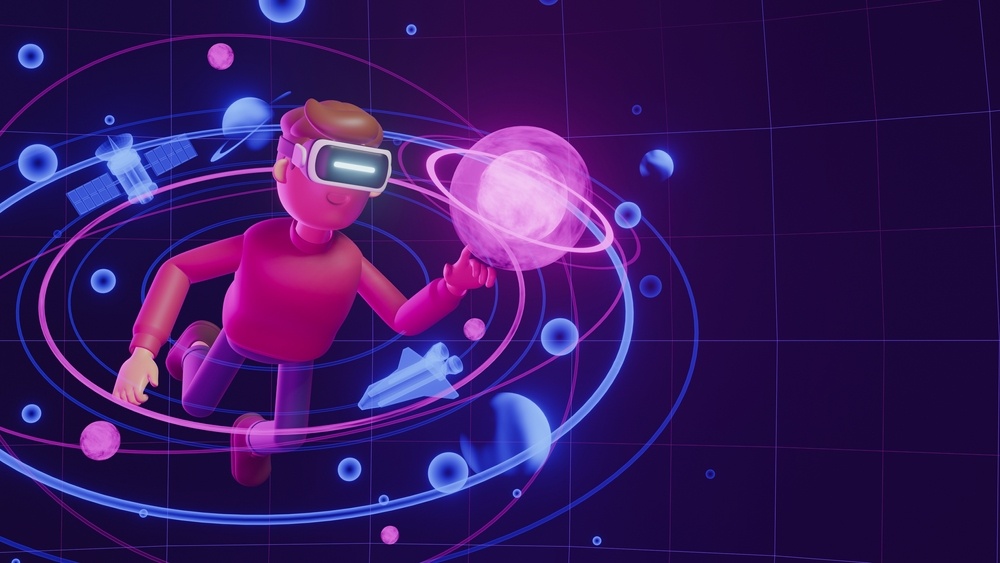
The Future of Blockchain Gaming
When we look at all of the aforementioned projects, as well as all of the other existing projects within the GameFi sphere of crypto, it is clear that they share numerous common traits.
Each project is based on underlying blockchain technology, and each project features one or multiple cryptocurrencies that have a high level of utility associated with them and power the broader ecosystem.
However, the main goal and the main reason why all of these games were created was to essentially provide the power back to the players. Gaming became a lot more than just virtual items that remained on centralized servers, ultimately owned by the company behind the game, and bound to eventually go offline and disappear with the passage of time as games become low on player bases and ultimately die down.
With NFTs, even if a game eventually crashes, stops being popular, loses its player base, or the developers simply start supporting it, any of the in-game items earned by players remain in the cryptocurrency wallets of those players, which can be sold, and through the procedure of selling them for another cryptocurrency, eventually get turned into FIAT currencies, giving players value back for the time and effort committed towards the game.
However, another thing that cannot be understated is how GameFi brought new life into NFTs, which became a lot more than just collectibles that were idle or unused within the wallets of their owners and holders; however, they had actual utility and usage in the virtual world. Each NFT became carefully crafted and generated to have specific stats and characteristics, all of which defined its overall value.
With all of this taken into consideration, the question in the mind of a lot of players as well as investors is likely where the industry is heading and what the future holds for blockchain gaming.
With the rise of Metaverse, and the push for it from companies such as Microsoft and Meta, it is clear that virtual worlds that replicate traits and functionalities found within the real world are the future, and some blockchain-based projects are at the forefront of this innovation.
It is clear that the future of blockchain gaming will likely be a part of those metaverses, where players will have the option to always engage in some gaming-related activity while residing in these virtual worlds.
It is also likely that we will see a lot of real-world activities, items, and assets get converted into non-fungible tokens (NFTs), and systems become developed in virtual spaces that can replicate a similar level of experience as the one we might see in the real world.
However, ultimately, the virtual gaming experiences will be ones where the time and efforts of every single player will be valued, even the ones that decide not to go pro and capitalize on the esports industry, but where even the most casual players can harvest NFTs and profit out of them, potentially even turning their overall gaming experience into a full-time job.
As blockchains become more advanced and technology evolves, it is likely that these games and experiences will have a far lower barrier of entry for a lot of players.
GameFi is not just changing gaming—it’s rewriting the rules. It’s making gamers more than just players. They’re builders, collectors, and partners in the growth of these virtual worlds. And what makes it so exciting is that we’re still just figuring out what’s possible. This is your chance to be a part of something transformative.
If you love gaming, tech, or exploring what’s next in this ever-evolving world, there’s no better time to dive in. Check out GameFi, explore NFTs, and see how blockchain is unlocking player potential in all-new ways. The future of gaming is here—are you ready?
